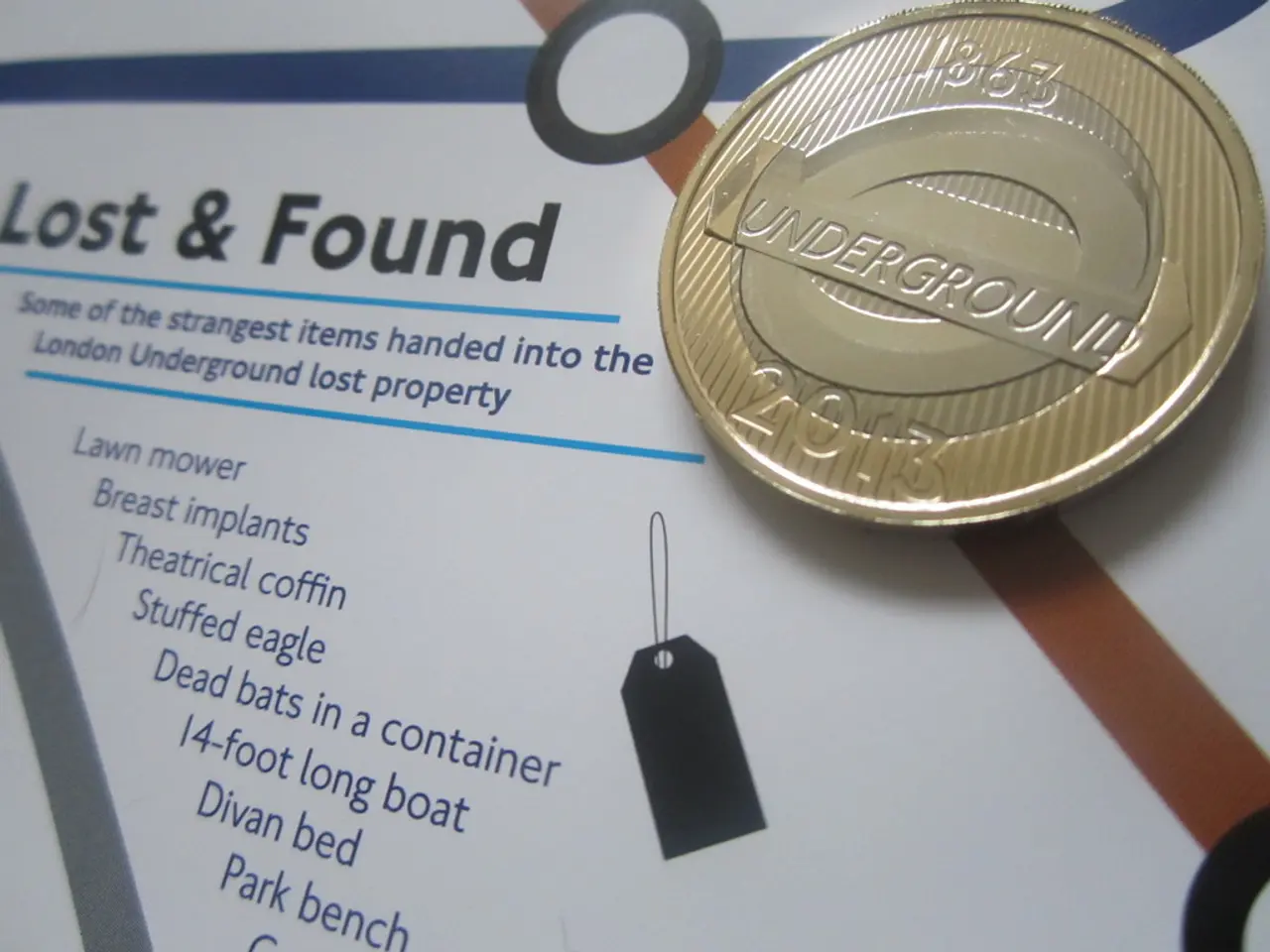Altering Unhelpful Patterns: Perceptions from Neuroscientific Studies
In the realm of personal development, breaking bad habits has long been a challenge for many individuals. However, recent advancements in neuroscience provide critical insights into how bad habits form and offer evidence-based strategies for overcoming them.
At the heart of habit formation lies the brain's neurobiology, particularly the interaction between two parallel learning systems: the reward-based system and the repetition-based system. The reward-based system, governed by dopamine release in decision-making and motor regions such as the striatum, encourages repetition of behaviours that yield positive outcomes. Over time, through consistent repetition, these behaviours become automatic and less effortful.
The habit loop, consisting of cue, routine, and reward, reinforces both positive and negative habits. When a trigger activates a behaviour that is rewarded, the brain's neural pathways associated with that behaviour are strengthened, making the action more automatic. This loop is further supported by the myelination of neural pathways: repeated actions increase the myelin sheath around relevant neurons, allowing signals to travel faster and more efficiently.
One of the key reasons bad habits are hard to overcome is the reduced activity of the prefrontal cortex during stress or high-pressure moments. This part of the brain, responsible for logic and self-control, is less active, allowing the more primitive "reptilian brain" to take over and drive instinctual, often unconscious behaviours—including established bad habits.
Neuroscience suggests several strategies to overcome bad habits:
1. **Replace, Don’t Just Remove**: Instead of trying to stop a bad habit without a replacement, research shows that the most effective way to break a bad habit is to replace it with a good one, maintaining the cue and reward but changing the behaviour.
2. **Make Cues Obvious or Remove Them**: Since cues initiate the habit loop, making undesired cues less visible or altering the environment can help reduce automatic responses.
3. **Strengthen the Prefrontal Cortex**: Activities that enhance cognitive control—such as mindfulness, meditation, and adequate sleep—can help the prefrontal cortex better regulate the urge to act on bad habits.
4. **Repetition of New Behaviors**: Just as repetition forms bad habits, it is also key to building new, healthier ones. Each repetition strengthens neural pathways and myelin, making the new behaviour more automatic over time.
By understanding the neurobiology of habit formation, individuals and therapists can design more effective interventions for breaking bad habits and promoting sustainable change. Mindfulness, a practice that involves paying deliberate attention to the present moment without judgment, can be a powerful tool in breaking bad habits. By fostering mindful awareness of cues, thoughts, and emotions, individuals can observe their habits without reacting impulsively, giving them the space to choose a different response to the cue.
In conclusion, overcoming bad habits requires understanding, patience, and consistent effort. By leveraging the insights from neuroscience, individuals can develop evidence-based strategies to break free from unwanted habits and cultivate healthier, more beneficial behaviours.
- The heart of habit formation lies in the brain's neurobiology, with the interaction between the reward-based system and the repetition-based system playing a crucial role.
- Owing to the consistent repetition of behaviors that yield positive outcomes, these behaviors eventually become automatic and less effortful through the strengthening of neural pathways.
- Due to reduced activity in the prefrontal cortex during stress or high-pressure moments, bad habits are harder to overcome as this part of the brain is less active, allowing instinctual, often unconscious behaviors to take over.
- To break a bad habit effectively, replacing it with a good one that maintains the cue and reward but changes the behavior is suggested by neuroscience research.
- Environmental modifications, such as making undesired cues less visible, can help reduce automatic responses and, consequently, break bad habits.
- Engaging in activities that enhance cognitive control, like mindfulness, meditation, and sufficient sleep, can strengthen the prefrontal cortex, enabling it to better regulate the urge to act on bad habits.
- To break free from unwanted habits and promote sustainable change, individuals are encouraged to build new, healthier habits through repetition, empowered by the insights from neuroscience and the practice of mindfulness.




